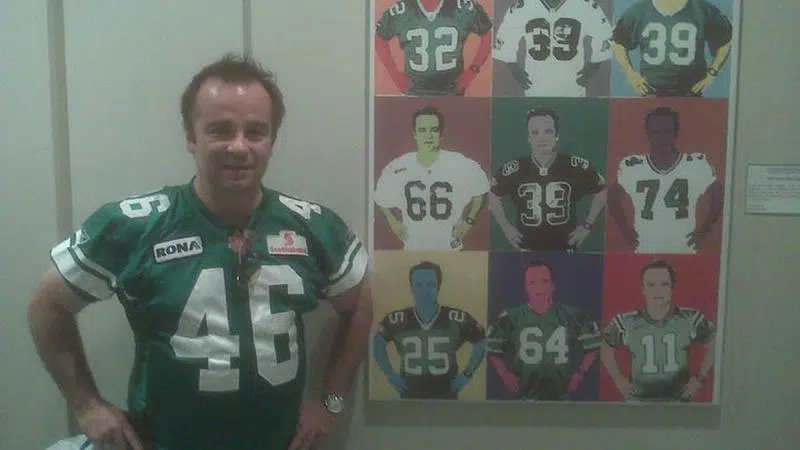
Greed, Stupidity and the CFL Ratio Battle
It is ironic how on the weekend of the CFL Players Combine, testing potential draft picks, that the future of those players could be hanging in the balance.
The story by Justin Dunk of 3DownNation about proposed changes in reducing the Canadian ratio from seven starters to five prompted a firestorm of comment about whether Canadian content is needed to keep the Canadian Football League a viable entity in the global marketplace.
The proposals appear to be part of the initial exchange of positions in Collective Bargaining Agreement between the CFL Players Association and the CFL.


